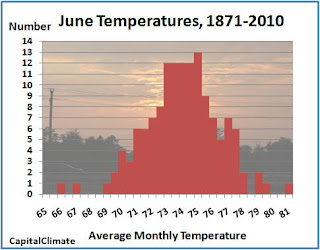The warmth of the ocean is the critical factor that determines how much productivity and biodiversity there is in the ocean, and where.
In two separate studies, researchers found that warming oceans have led to a massive decline in the amount of plant life in the sea over the last century, and that temperature is tightly linked to global patterns of marine biodiversity.
"Phytoplankton is the fuel on which marine ecosystems run," said lead author Daniel Boyce, a professor at Dalhousie University in the Canadian province of Nova Scotia.
"A decline affects everything up the food chain, including humans."
In one study that looks at historical records of algae abundance over the last hundred years, Worm and his co-authors found that warming ocean temperatures are correlated to a massive decline in the amount of marine algae, or phytoplankton. Marine algae are the base of the entire ocean food chain, and were also responsible for originally creating oxygen on the planet.
"Phytoplankton are a critical part of our planetary support system -- they produce half the oxygen we breathe, draw down surface carbon dioxide, and ultimately support all fisheries," said co-author Boris Worm.
The study estimates the decline in marine algae has been approximately 40 percent since 1950.





